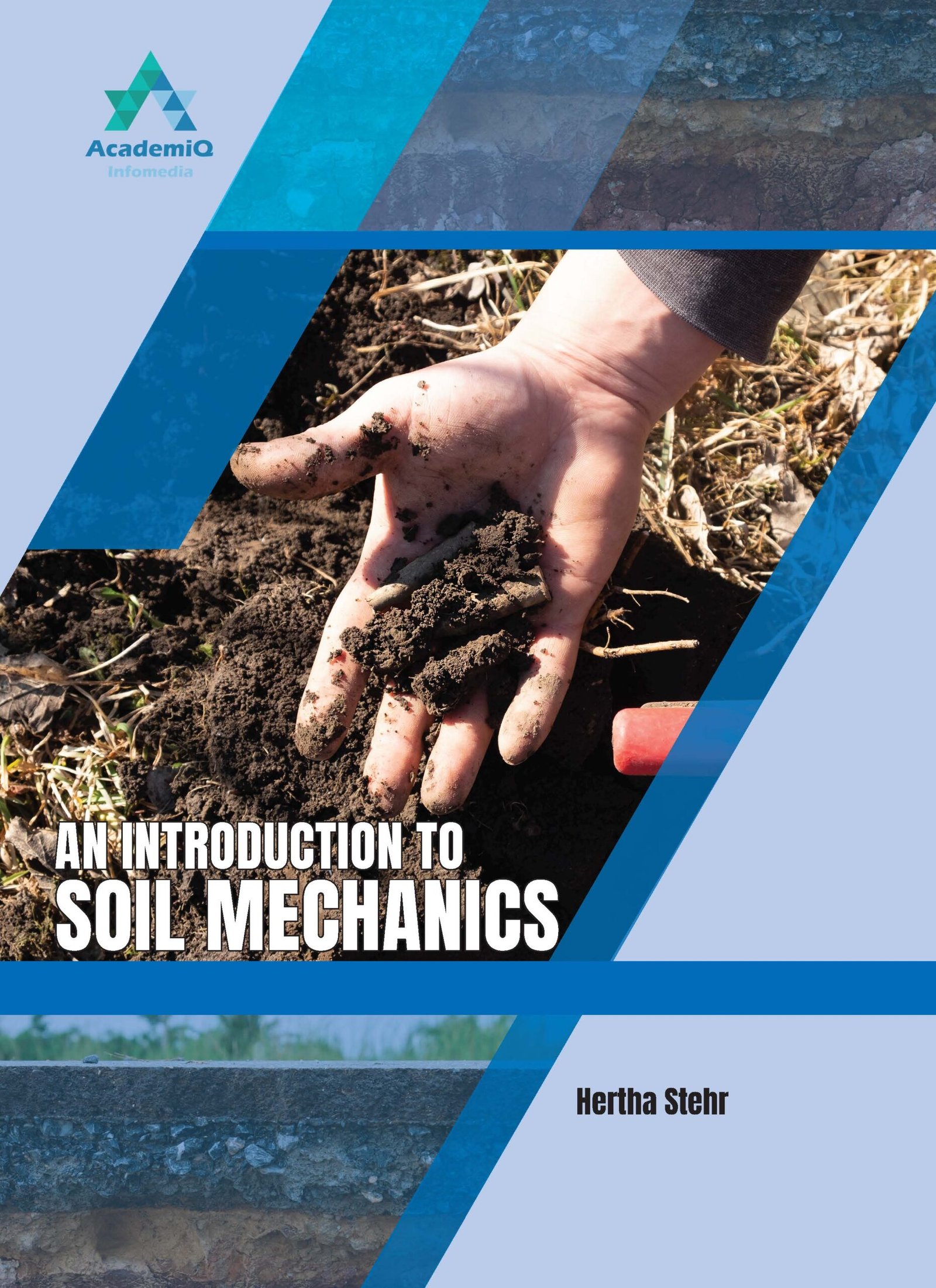An Introduction to Soil Mechanics
$189.99
ISBN: 9781645342182
Binding: Hardcover
Year: 2025
Pages: 207
Author: Hertha Stehr
Book Size: A4 (8.9 X 12.3)
“An Introduction to Soil Mechanics” stands as an indispensable guide in the realm of civil engineering, offering a comprehensive exploration of the fundamental principles that govern the behavior of soils. Authored with clarity and precision, this book caters to a global audience, including readers in the United States, where geotechnical engineering plays a pivotal role in infrastructure development. The essence of the book lies in demystifying the complex world beneath our feet, breaking down the intricate interactions between soils and applied forces into digestible concepts.
The book commences with an insightful overview of soil mechanics, elucidating its significance in civil engineering. It unfolds the intricate relationships between soils and structures, emphasizing the need for a profound understanding of soil behavior to ensure the stability and longevity of constructions. From the outset, the author adopts a humanly language approach, steering clear of unnecessary jargon, making the content accessible to readers with diverse backgrounds and experiences.
Delving into the core principles, the book covers essential topics such as soil properties, particle size distribution, and compaction, laying a solid foundation for readers to grasp the mechanical intricacies at play beneath the Earth’s surface. The inclusion of case studies drawn from a global spectrum, including the United States, adds real-world context to the theoretical framework, bridging the gap between academic concepts and practical applications.
The author pays special attention to geotechnical challenges that resonate with the U.S. audience. For instance, the book navigates through foundation design intricacies for high-rise buildings, a prevalent concern in urban landscapes such as New York City. It addresses the geological diversity encountered across the United States, catering to engineers dealing with everything from expansive clay soils in the Midwest to the rocky terrains of the western states.
Furthermore, the book takes a nuanced approach to slope stability analysis, acknowledging the significance of this topic in regions prone to landslides, which is particularly relevant for areas like California. The inclusion of soil mechanics solutions for stormwater management, as witnessed in the case study on retention pond stability in a residential development, aligns with the growing emphasis on sustainable engineering practices, a trend resonating strongly within the U.S. engineering community.
Notably, the global perspective in this book extends beyond mere geographical boundaries. It incorporates a holistic view of geotechnical engineering by addressing contemporary challenges like liquefaction during seismic events, a pertinent concern for regions along fault lines, including the western United States.
In its entirety, “An Introduction to Soil Mechanics” emerges not just as a textbook but as a companion for engineers and students navigating the intricate terrain of soil mechanics. It instills a practical understanding of the subject, seamlessly blending theoretical concepts with real-world applications. By fostering a reader-friendly language and addressing the unique challenges faced by engineers in the United States, this book transcends cultural and geographical boundaries, making it an indispensable resource for the global community of aspiring and practicing geotechnical engineers.
Table of Contents
Only logged in customers who have purchased this product may leave a review.










Reviews
There are no reviews yet.